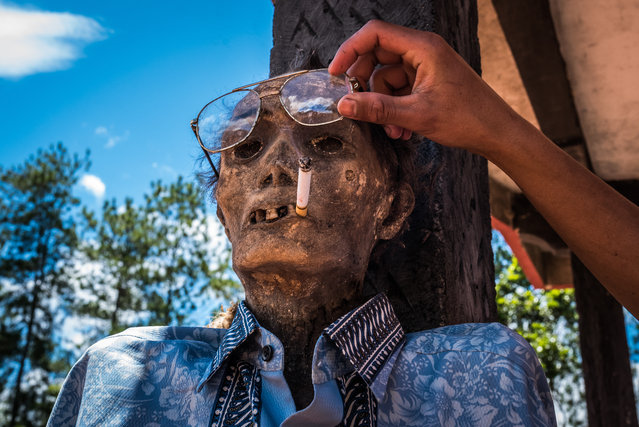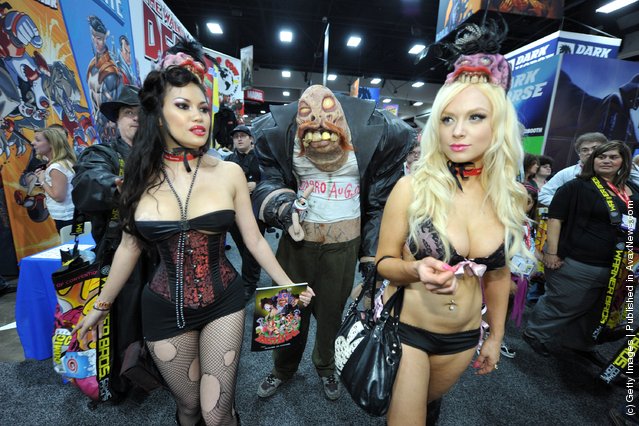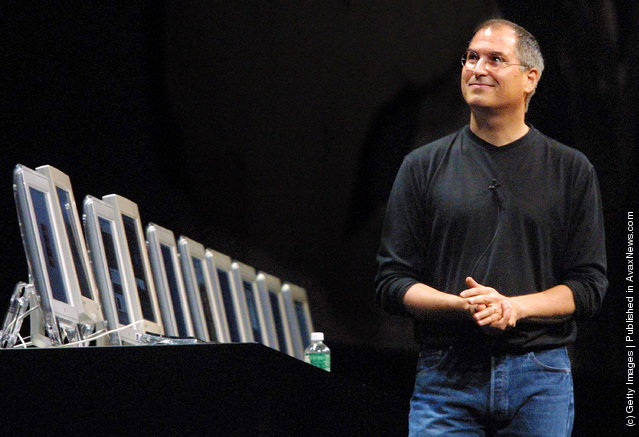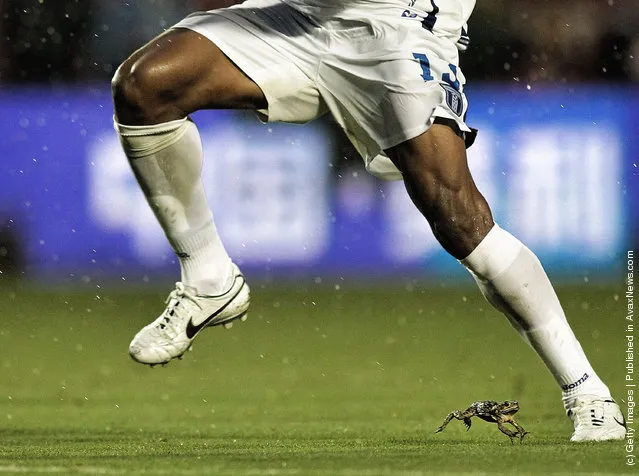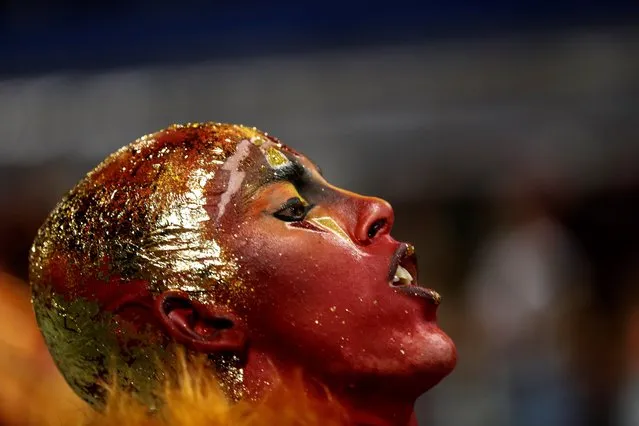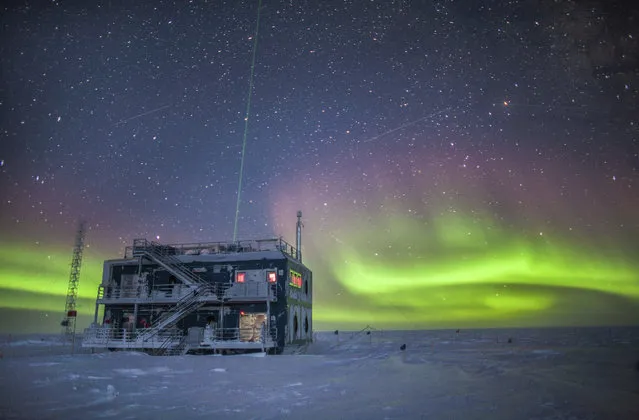
Partially constructed notched burial plots are seen at the construction site of an underground tunnel designated for traditional Jewish burial at the Givat Shaul cemetery, on May 14, 2015, in Jerusalem, Israel. Underground cemetery being built by the Israeli Burial Society in Jerusalem due to a decrease in available land for traditional Jewish burials. (Photo by David Vaaknin/The Washington Post)
21 May 2015 12:00:00,post received
0 comments

